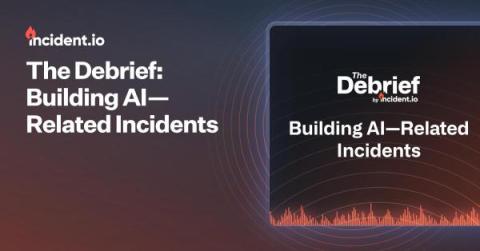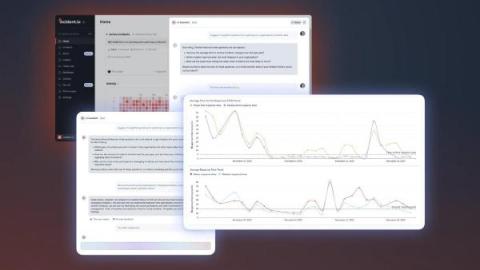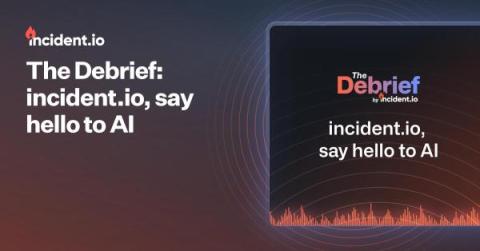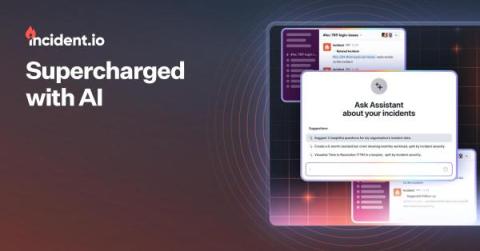Best practices for creating a reliable on-call rotation
It's fair to say that effectively managing an on-call rota is crucial for ensuring the 'round-the-clock availability of your services. But it's more than that. Spending the time getting your rotas right also empowers and protects the folks who make it all possible: your team. Some best practices for doing this include using software to automate scheduling, setting up teams with clearly defined responsibilities, establishing escalation policies, and defining time limits for issue resolution.











